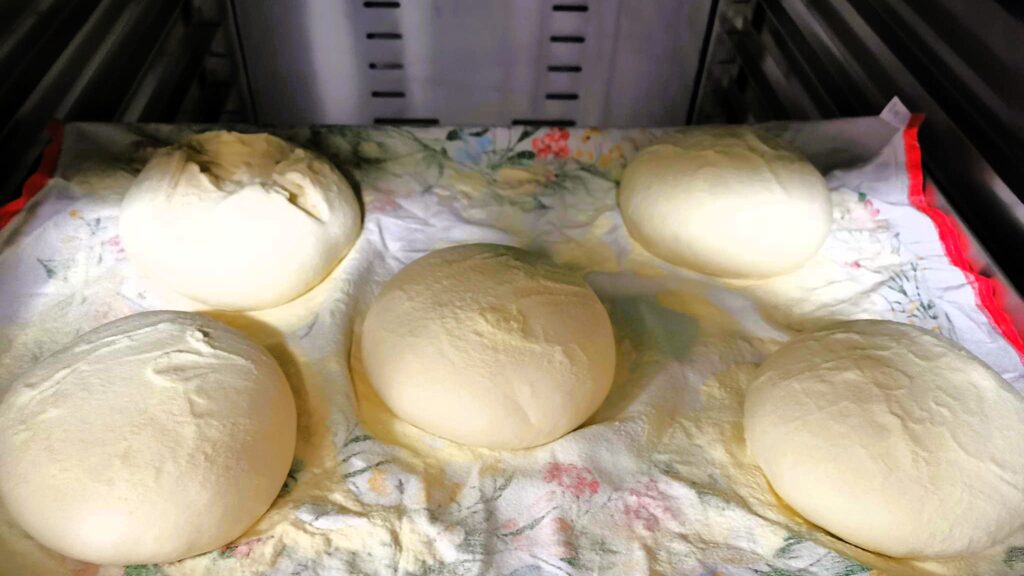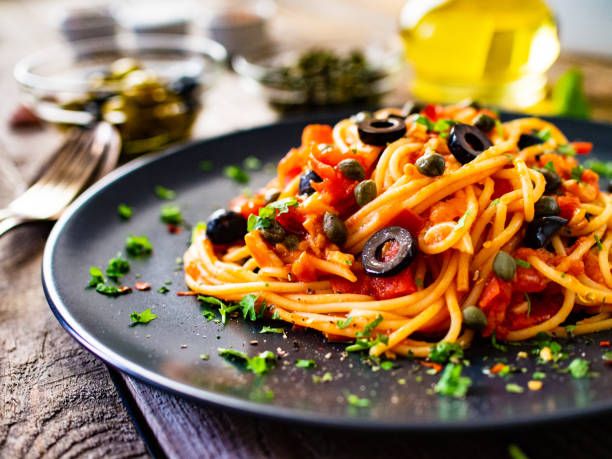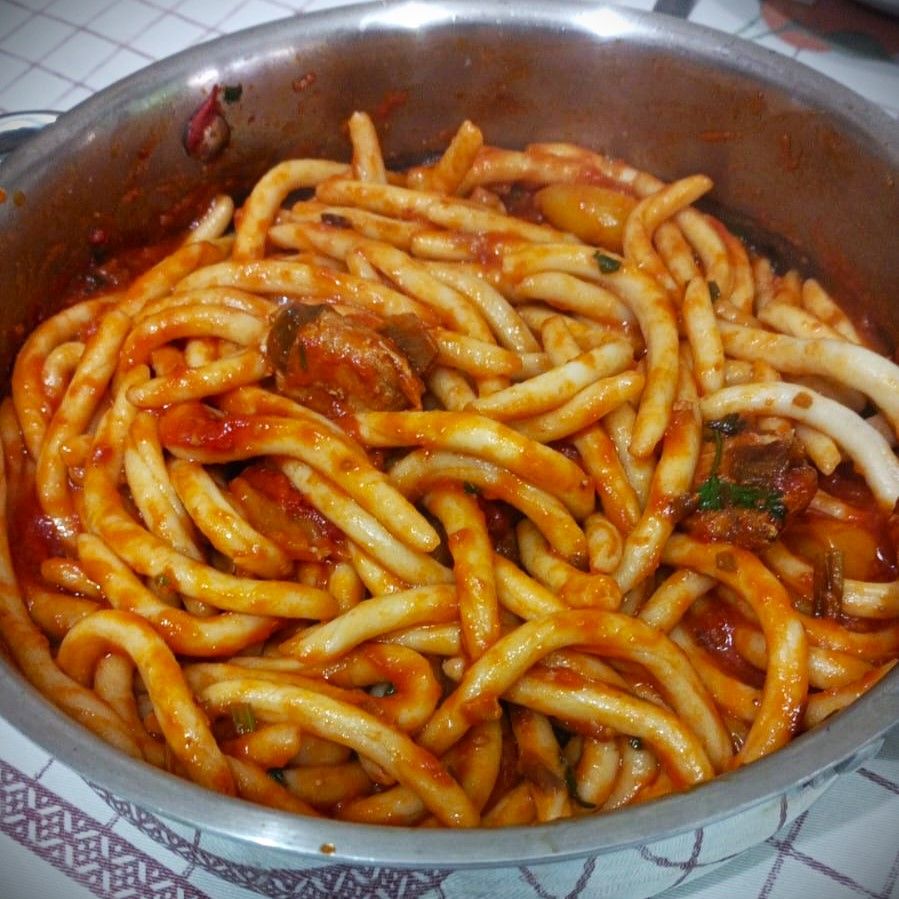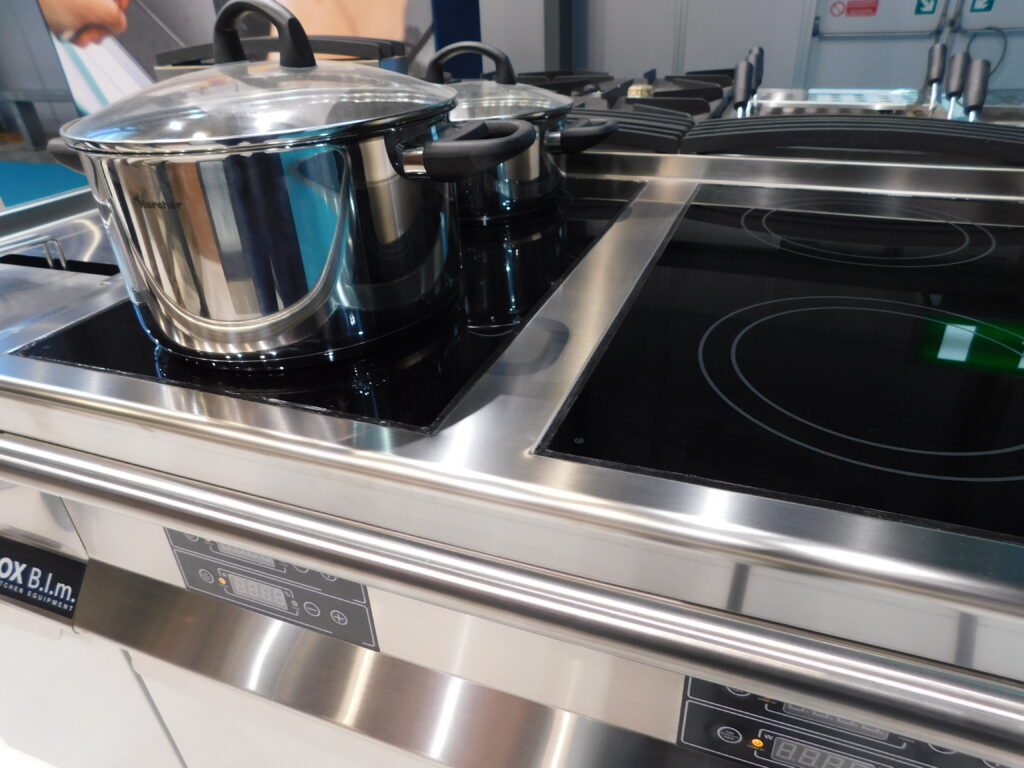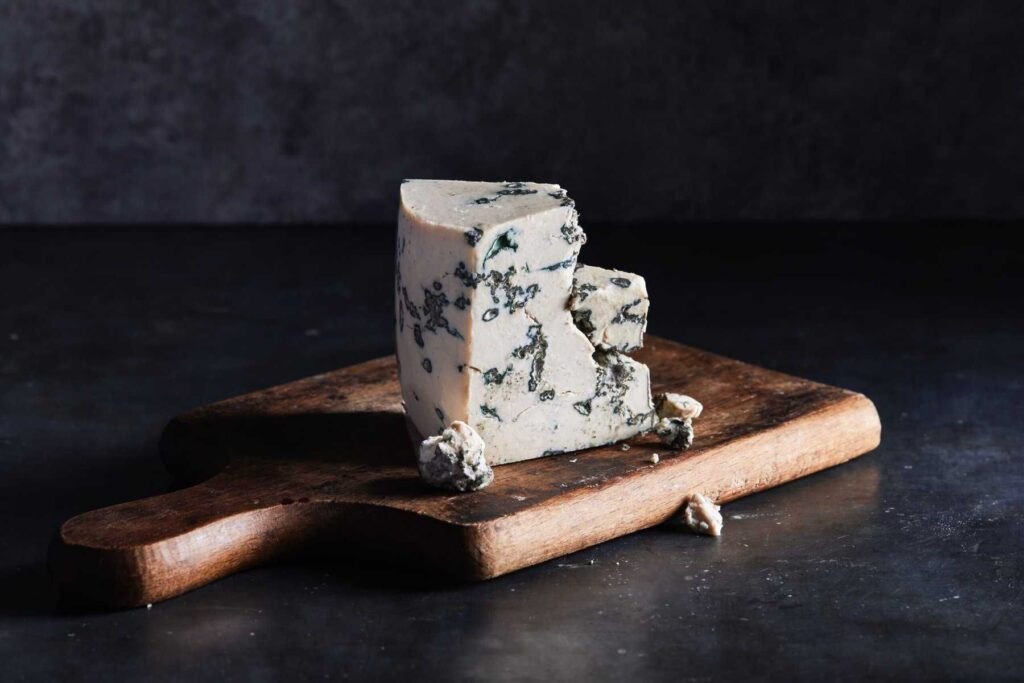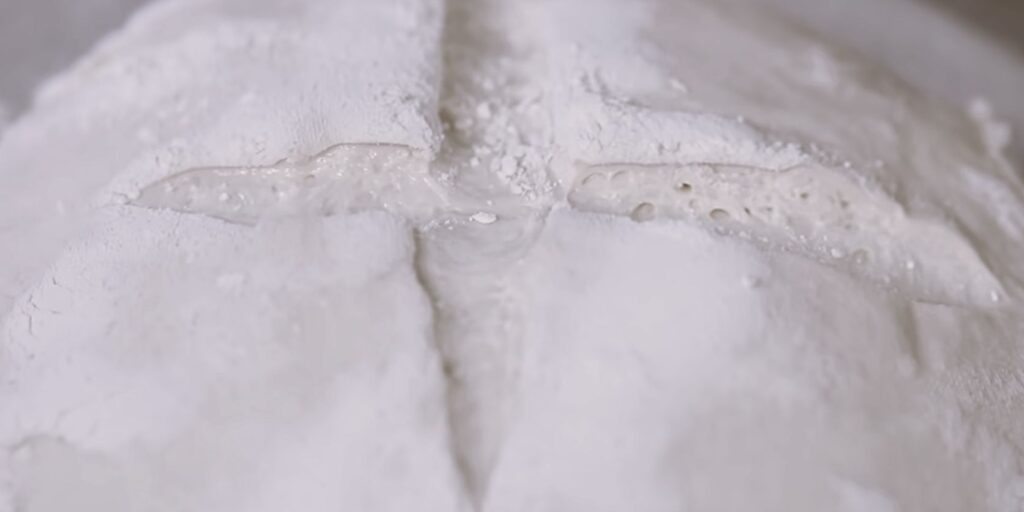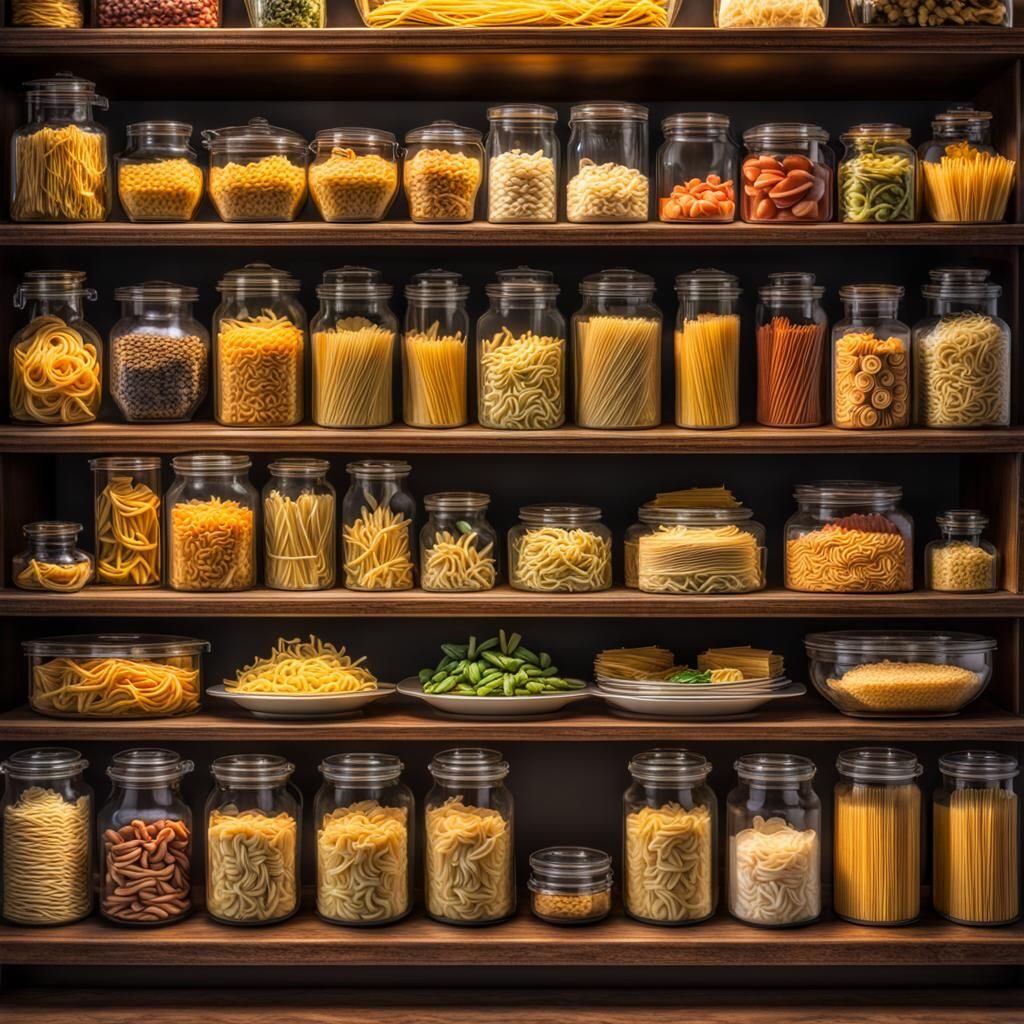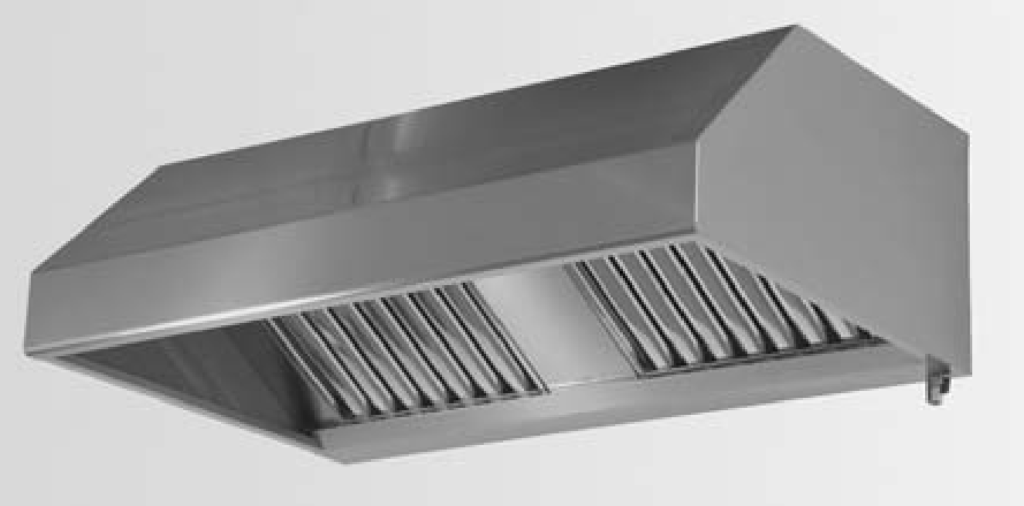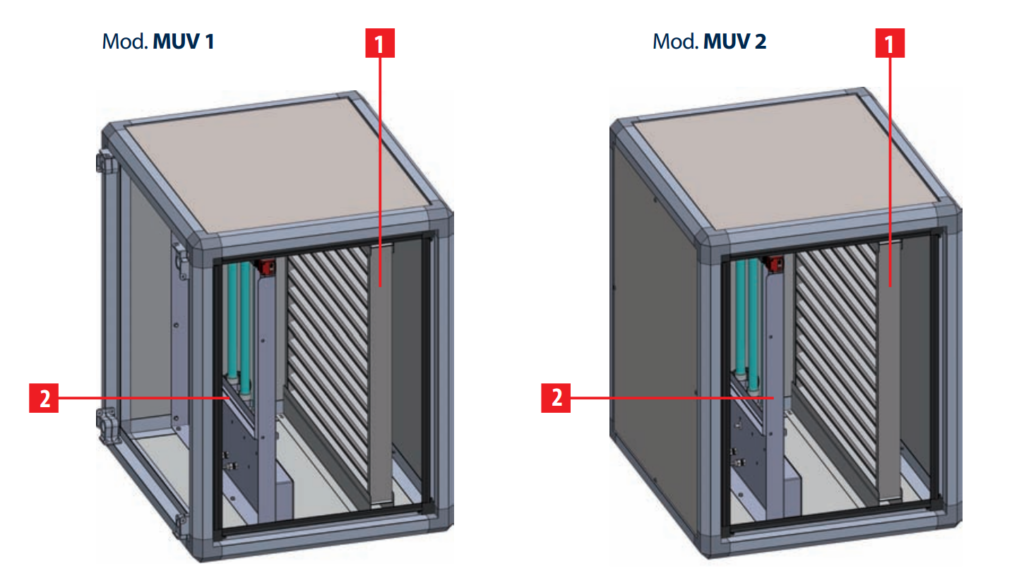A extractor hood in the kitchen serves mainly three purposes: heat extraction to create a thermal balance: the extraction of potentially harmful flying organic compounds; and, finally, the extraction of odours.
Let’s look at this last point: what are smells?
The smell is an emanation, which is transmitted through the air, and perceived by the olfactory system.
The ones responsible for these perceptions are the so-called odour particles, also called molecules. These are tiny particles present in the air which, once inhaled, stimulate the olfactory receptors in our nose. This stimulation is then transmitted to the brain, which interprets it as a specific odour.
So yes: smells are nothing more than our sensorial interpretation of these odorous particles.
They are so small, I would say microscopic, that they can easily spread through the air. They tend to evaporate easily, facilitating their dispersion into the environment.
Cataloguing them is a bit difficult. Perhaps it is easier to identify families of odours, as we have already done in another post.
Briefly, they belong to four types of compounds:
– Oxygenated compounds, with a typically strong and “chemical” odour (Alcohols, Aldehydes, Ketones, Ethers, Esters…). Some are downright unpleasant.
– Nitrogenous compounds: “strong” odours, not necessarily unpleasant
– Sulfur compounds: very pungent odours, similar to garlic. Some are pleasant in small doses
– Aromatic compounds: such as floral or citrus ones.
Well, every smell comes from combining these odour molecules: unpleasant or pleasant, pungent or sweet, strong or barely perceptible.
However, the aim of professional aspiration is to ensure that cooking odours, whether unpleasant or not, do not cross the confines of the kitchen and end up in the dining room.
Because food smells good. But perhaps it’s better when it comes from the dish rather than from the cooking fumes!
And to keep them in the kitchen, choose ALUMINOX hoods!

 Italiano
Italiano

